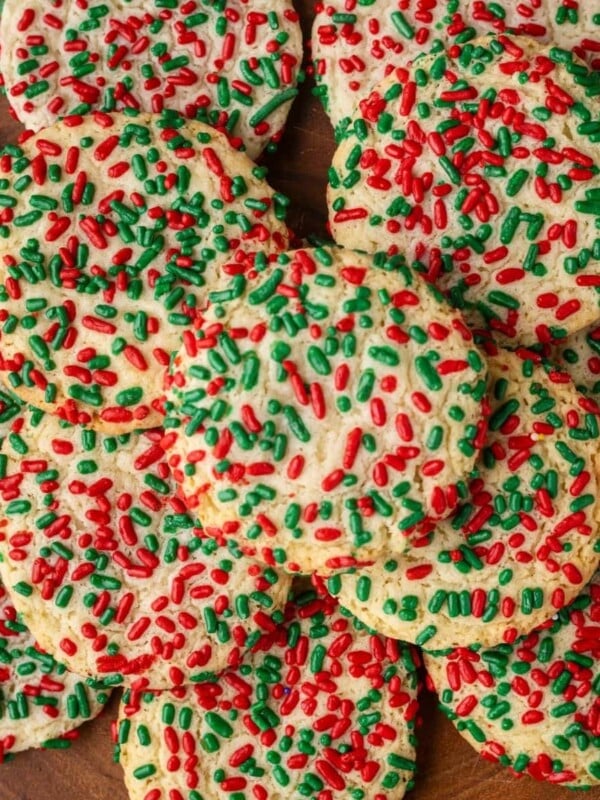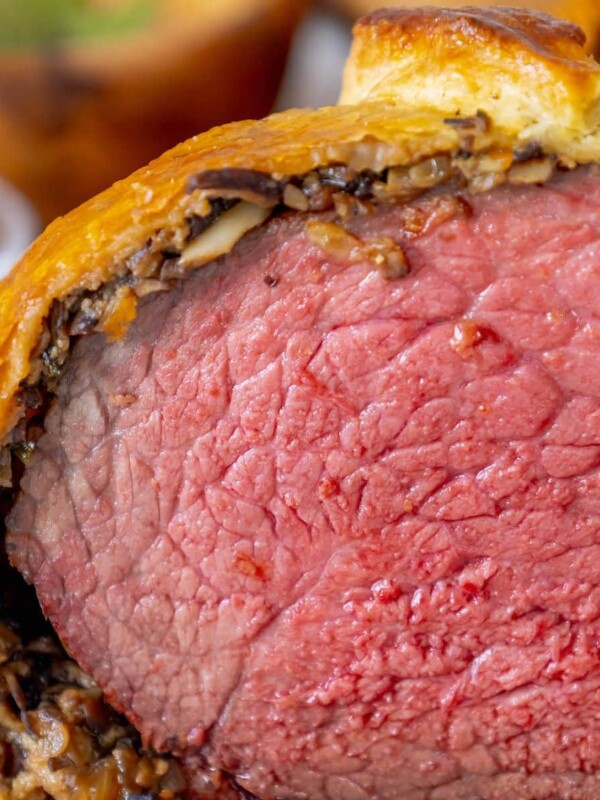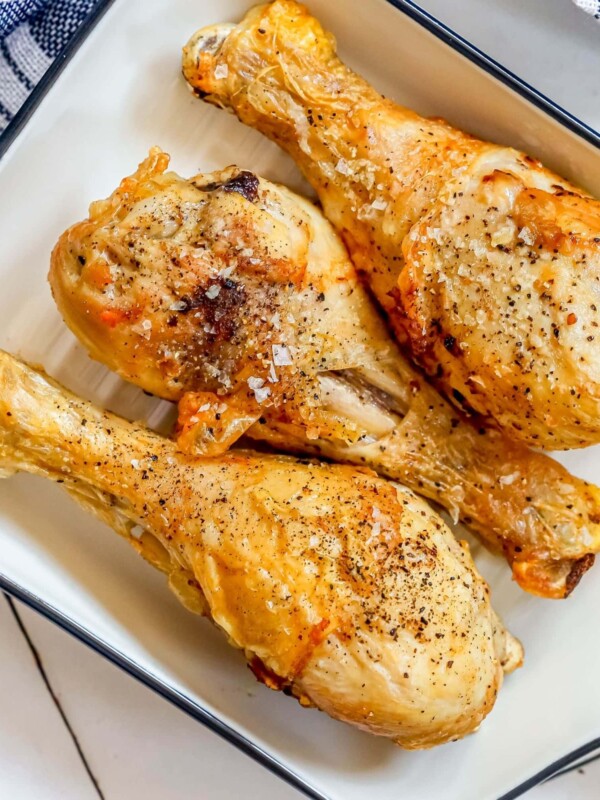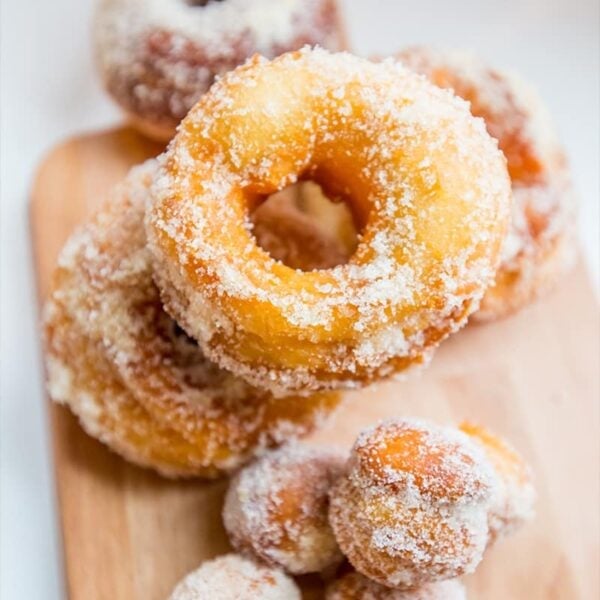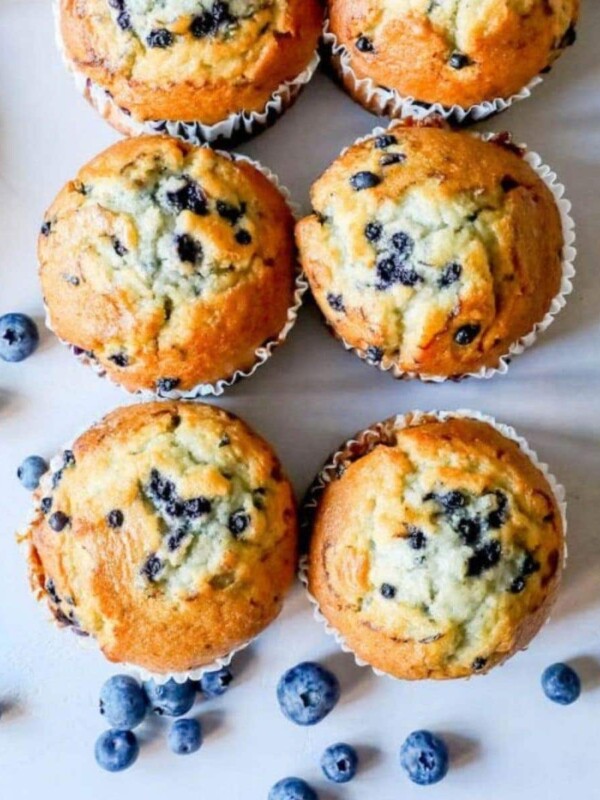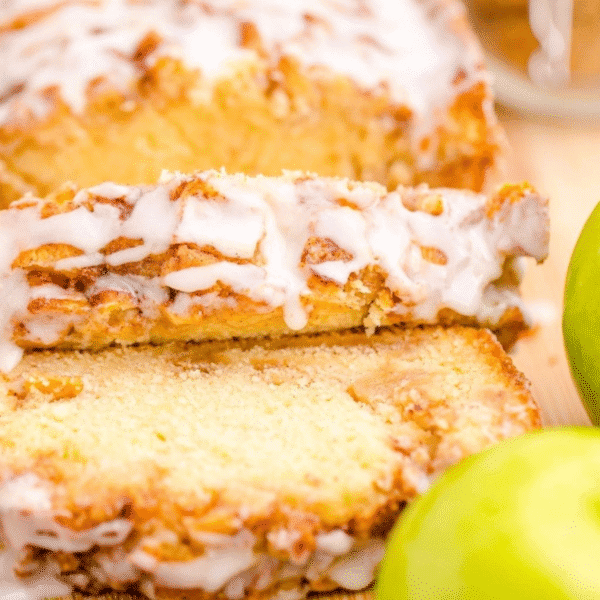This post contains affiliate links. Please read our disclosure policy.
Light, fluffy Potato Bread Scones are my favorite thing to eat in Scotland – and this simple and delicious Tattie Scone Recipe is one I make in my house once a week. We love how simple this potato skillet bread is to make – and love serving it with tons of butter and sweet or savory toppings (its divine with butter and jam, and hearty with eggs, butter, and chives.)
Tattie Scones are the Scottish name for potato bread – you can buy them in the grocery stores pre-made (heat in a skillet to serve), and they are always our favorite thing to eat for breakfast.
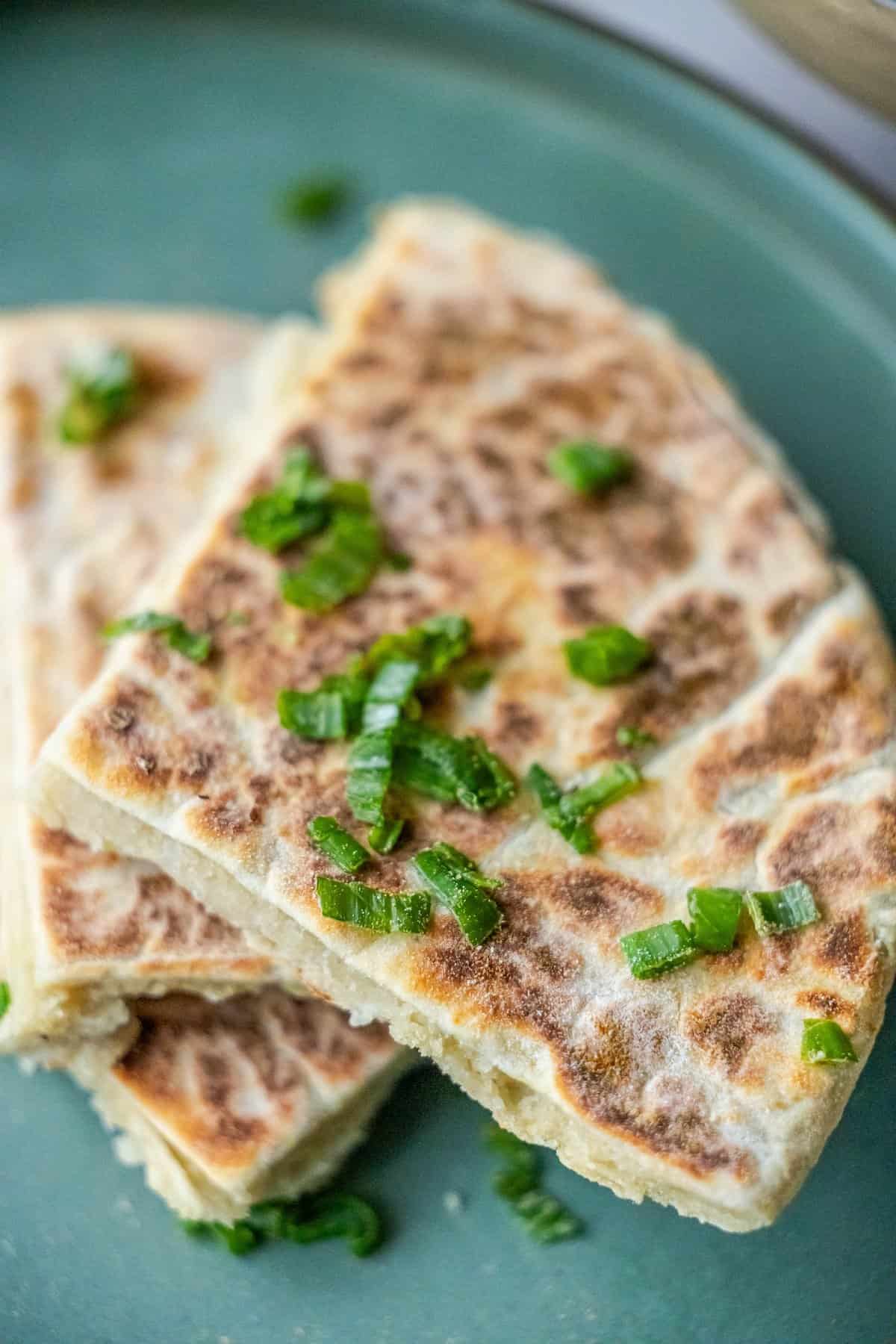
Don’t want all the extras in a recipe post? We provide a skip to recipe button in the top left corner, as well as a clickable table of contents, just below, to help make this page easier to navigate.
At Sweet C’s, I add lots of tips in all of my recipes – because I am a home cook without any formal training, and I find I am more confident making dishes when I understand why it works, and what each ingredient means to the flavor of a recipe. My goal is for even the most beginner home cook to feel empowered in the kitchen.
Table of Contents
How to Make Potato Scones
This recipe is super simple to get fluffy, light, and delicious tattie scones at home – right from your own skillet.
The best part is, this recipe is a fantastic use for leftover mashed potatoes, so you can get a whole new dish with your leftovers!
Tattie Scones Ingredients
To make this recipe, we will need the following ingredients:
- 1 lb (450 g) Floury Potatoes (e.g., Maris Piper, Russets, or Yukon Gold): Forms the base, provides structure, and creates a soft, fluffy texture due to their starchiness.
- 1/2 cup (60 g) All-Purpose Flour (plus extra for rolling out): Binds the potato mixture and provides structure to hold the scones’ shape.
- 1 Egg (Beaten): Adds moisture, richness, and helps bind the dough while contributing to a golden finish.
- 2 tbsp Unsalted Butter (Softened): Adds richness, tenderness, and enhances flavor with its fat content.
- 1/2 tsp Salt: Enhances the flavor and prevents the scones from tasting bland.
- 1 tsp Baking Powder: Creates a lighter, fluffier texture by allowing the scones to puff slightly during cooking.
Scottish Potato Bread Steps





Prep Potatoes
Peel and chop the potatoes into even-sized pieces. Boil them in salted water until tender (about 15–20 minutes). Drain well and mash thoroughly until smooth. Let the mashed potatoes cool slightly.

Make Dough
In a large bowl, mix the mashed potatoes with the butter and salt. Add the beaten egg to the mashed potatoes and stir until fully incorporated. Gradually add the flour, mixing until a soft, slightly sticky dough forms. If the dough feels too wet, add a little more flour, but be careful not to overwork it.

Roll Dough Balls
Lightly flour a clean surface and roll out the dough to about 1/4 inch (6 mm) thick.

Roll Out
Use a plate or round cutter to trim the dough into a circle, then cut it into quarters (traditional triangular shape).
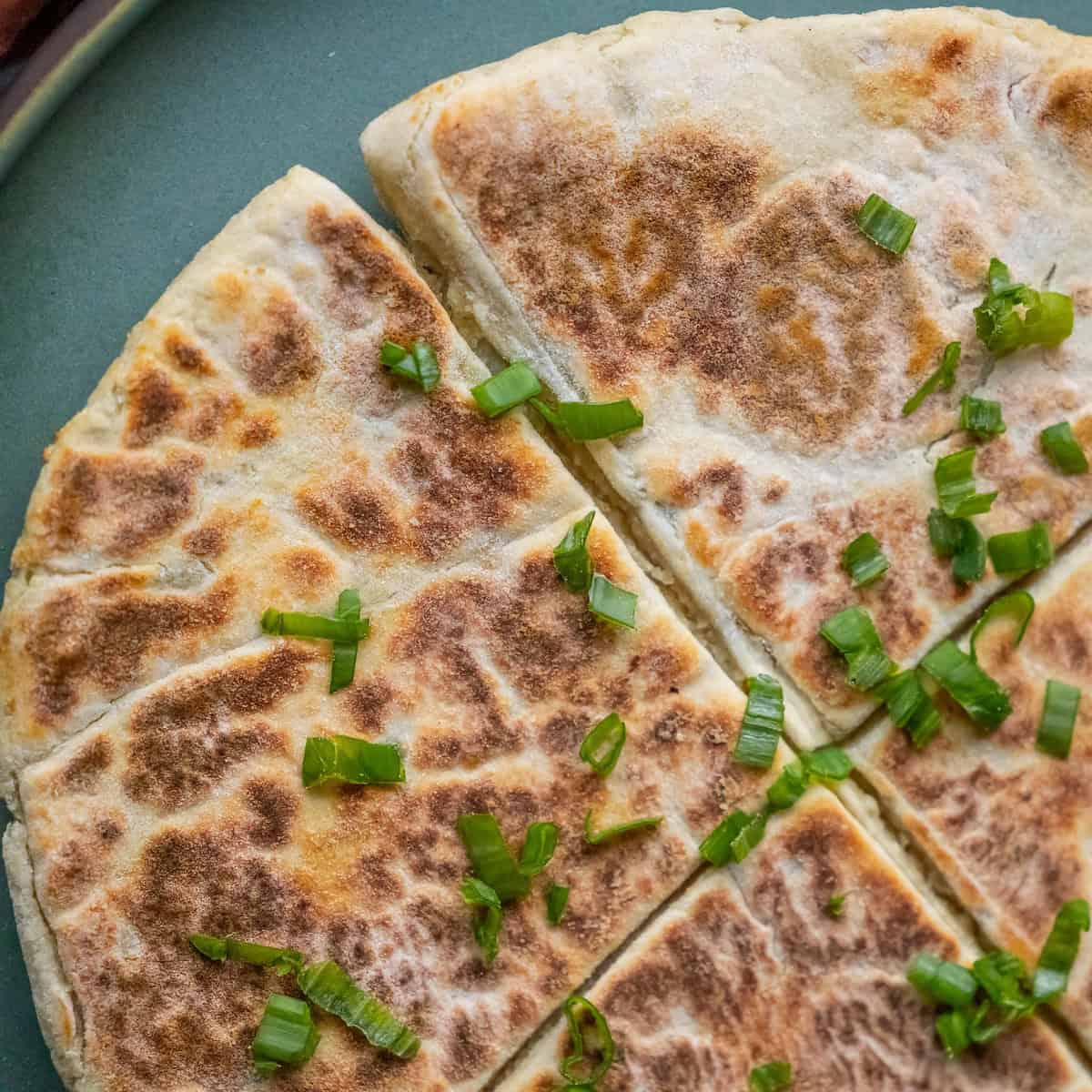
Cook
Heat a dry, non-stick skillet or griddle over medium heat. Cook each scone for 2–3 minutes per side, or until golden brown and slightly puffed. Work in batches if needed.

Serve
Serve warm with butter, or as part of a full Scottish breakfast.
Tips for Perfect Tattie Scones
Use Floury Potatoes: Opt for starchy varieties like Maris Piper, Russets, or Yukon Gold to achieve a fluffy texture. Waxy potatoes can make the dough sticky and dense.
Dry the Potatoes Well: After boiling, let the potatoes sit in the colander for a minute to steam off excess moisture. Wet potatoes can make the dough too sticky.
Mash Thoroughly: Make sure the mashed potatoes are smooth and free of lumps for even dough consistency. A potato ricer can help.
Don’t Overwork the Dough: Mix just until the dough comes together. Overworking can make the scones tough.
Add Flour Gradually: Start with less flour and add only as much as needed to form a soft, slightly sticky dough. Too much flour makes the scones dry.
Season Well: Taste your mashed potatoes before adding the flour to ensure the seasoning is right—bland potatoes result in bland scones.
Roll Evenly: Roll the dough to an even thickness (about 1/4 inch or 6 mm) to ensure even cooking.
Lightly Flour the Surface: Use just enough flour to prevent sticking when rolling out, but avoid adding too much, which can toughen the dough.
Cut Cleanly: Use a knife or cutter to shape the scones cleanly for even cooking. Traditional shapes are triangles or quarters of a circle.
Preheat the Pan: Use a dry, non-stick skillet or griddle heated to medium to prevent sticking and ensure even browning.
Cook Slowly: Don’t rush—cook on medium heat for 2–3 minutes per side to develop a golden-brown crust without burning.
Flip Gently: Use a spatula to turn the scones carefully to keep their shape intact.
Serve Fresh: Tattie scones are best served warm, straight from the pan.
Reheat Gently: If making ahead, reheat in a dry skillet or toaster for a fresh taste and texture.
Pair Them Well: Enjoy with butter, jam, or as part of a full Scottish breakfast.
Freeze Extras: Cooked tattie scones freeze well. Cool them completely, then freeze in an airtight container. To reheat, toast or warm in a skillet without thawing.
FAQs
Yes! Leftover mashed potatoes work well for tattie scones as long as they are not overly creamy or buttery. If they are, you may need to reduce the butter in the recipe or add extra flour to balance the consistency.
This usually happens if the dough is too dry or hasn’t been mixed enough. Add a bit more butter or a splash of milk to moisten the dough, and ensure it holds together without crumbling.
Absolutely! Cook the scones first, let them cool completely, and then freeze them in an airtight container. Reheat in a toaster or skillet without thawing for best results.
Lightly flour your surface and rolling pin. Avoid over-flouring, as it can make the dough tough. If it’s still sticky, chill the dough for 10–15 minutes to firm it up.
No, the egg is optional. Without it, tattie scones will be slightly less rich and cohesive but still delicious. If leaving it out, use a touch more butter or flour to adjust the texture.
Toughness can result from overworking the dough or adding too much flour. Mix the dough just until combined, and keep it soft and slightly sticky.
While traditionally fried, tattie scones can be baked at 375°F (190°C) for 10–12 minutes until lightly golden. They won’t have the same crisp exterior but will still taste delicious.
Yes! Popular additions include:
Cheese (e.g., cheddar or Parmesan) for a savory twist.
Herbs (e.g., chives, parsley, or thyme) for extra flavor.
Black pepper or nutmeg for a subtle spice.
Tattie scones are best eaten fresh on the day they’re made. However, they can be stored in the fridge for up to 2 days and reheated in a toaster or skillet.
Tattie scones are versatile! Serve them with:
Butter and jam for a simple treat.
As part of a full Scottish breakfast with eggs, bacon, sausage, and black pudding.
Smoked salmon and cream cheese for a fancy option.
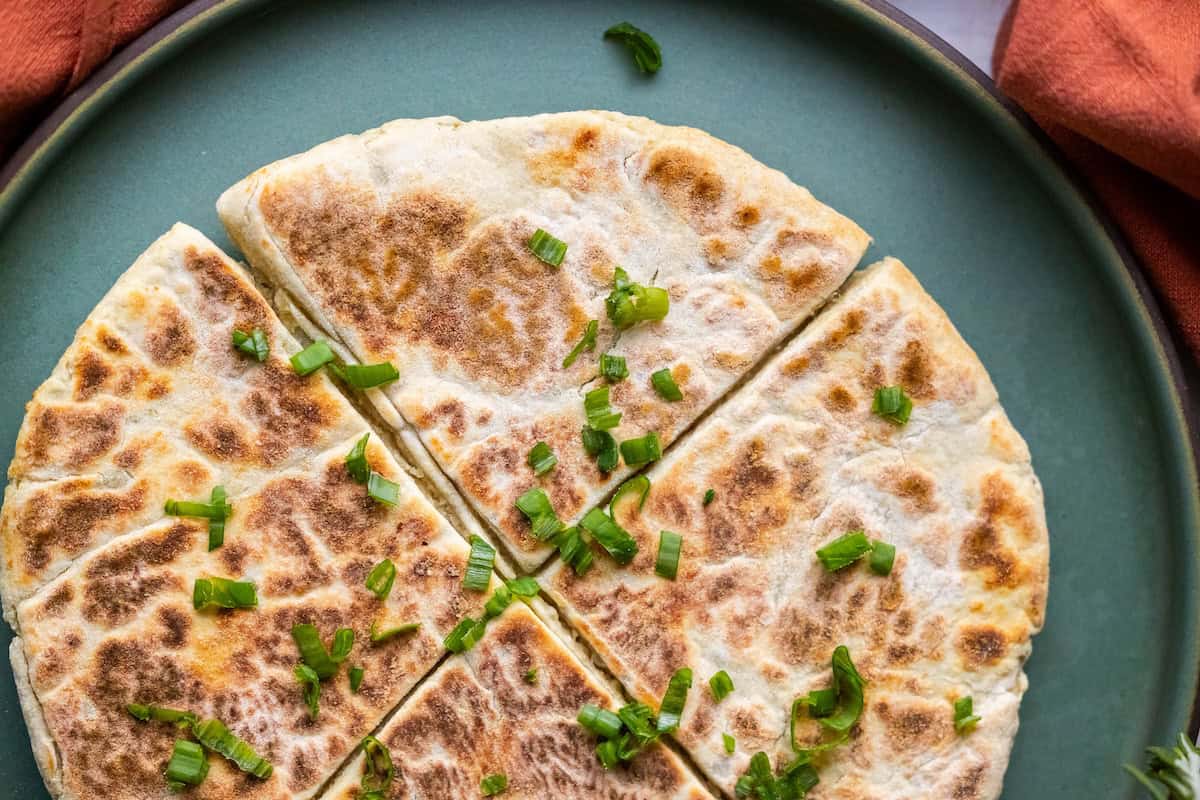
What to Serve With Tattie Scones
If you love this easy recipe please click the stars below to give it a five star rating and leave a comment! Please also help me share on Instagram, Facebook, and Pinterest!
Share on Facebook
SharePin this now to find it later
Pin ItFollow on Instagram

Scottish Tattie Scones

Ingredients
- 1 lb floury potatoes (e.g., Maris Piper, Russets, or Yukon Gold), 450 g
- ½ cup all-purpose flour (plus extra for rolling out), 60 g
- 1 egg, beaten
- 2 tbsp unsalted butter, softened
- ½ tsp salt
- 1 tsp of baking powder for fluffier scones
Instructions
- Peel and chop the potatoes into even-sized pieces.
- Boil them in salted water until tender (about 15–20 minutes).
- Drain well and mash thoroughly until smooth. Let the mashed potatoes cool slightly.
- In a large bowl, mix the mashed potatoes with the butter and salt.
- Add the beaten egg to the mashed potatoes and stir until fully incorporated.
- Gradually add the flour, mixing until a soft, slightly sticky dough forms. If the dough feels too wet, add a little more flour, but be careful not to overwork it.
- Lightly flour a clean surface and roll out the dough to about 1/4 inch (6 mm) thick.
- Use a plate or round cutter to trim the dough into a circle, then cut it into quarters (traditional triangular shape).
- Heat a dry, non-stick skillet or griddle over medium heat.
- Cook each scone for 2–3 minutes per side, or until golden brown and slightly puffed. Work in batches if needed.
- Serve warm with butter, or as part of a full Scottish breakfast.
Nutrition
Nutrition information is automatically calculated, so should only be used as an approximation.
